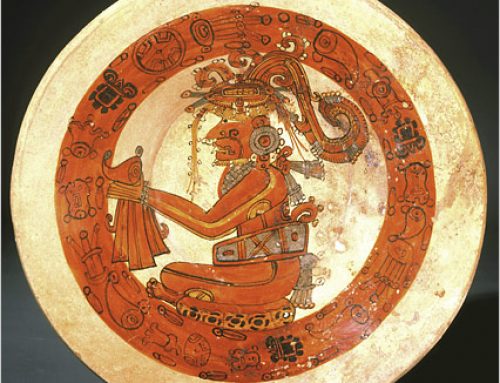
History of peanuts: a wild peanut plant growing in sandy soil
Wild peanuts
Wild peanuts evolved about the same time as other flowering plants, about 350 million years ago. They’re a low-growing shrub, like other South American plants such as potatoes or tomatoes. But peanuts aren’t related to potatoes or tomatoes. Instead, peanuts are a legume. They’re related to lentils, chickpeas, and pinto beans. Peanuts like dry, warm, sandy soil.
More about beans
The Cretaceous period
South America articles

History of peanuts: Moche image of a peanut-man playing an instrument
Farming peanuts in South America
People probably first began to eat wild peanuts as soon as they arrived in South America, about 13,000 years ago. Peanuts have a lot of protein and fat. But wild peanuts don’t make a lot of peanuts to eat.
By around 6000 BC, people were farming peanuts in river valleys in southern Bolivia (in central South America). Farmers bred the peanut plants to make more peanuts on each plant.
History of farming
Why do people need protein?
More people farm peanuts
History of tomatoes
South American food

Peanuts
History of peanuts in Europe and Africa
When European traders started sailing to Brazil and Peru about 1500 AD, they brought peanuts to Asia, Europe, and Africa. The Spanish and French words for peanut come from the Aztec word cacahuatl. Slave traders fed enslaved Africans peanut sauces on rice or corn because they were cheap. Peanuts were a lot like the native African groundnuts, and soon a lot of Africans switched from eating groundnuts to peanuts.
African-American slavery
Medieval African food
Indian traders brought peanuts from Africa to India in the 1600s, and European traders brought peanuts (along with sweet potatoes) to Southeast Asia and southern China about the same time. Many Thai recipes also began to include peanut sauce.
Ming Dynasty China
Chinese food history
African peanut recipes in America
American food history

Fufu with peanut sauce (Ghana)
Peanuts and the Civil War
During the American Civil War, people in the south couldn’t get a lot of foods because the Union Army was blockading them. They had plenty of peanuts, though, so they used peanut oil instead of whale oil and olive oil, and they ate peanut brittle instead of chocolate.
Union soldiers also ate a lot of peanuts while they were fighting in the South, and after the Civil War peanuts were the cool thing to eat all over the United States.
More about the Civil War
George Washington Carver

George Washington Carver, a food scientist who popularized peanut butter
After 1890, machines harvested and shelled peanuts, and they became much cheaper. In 1916, the African-American food scientist George Washington Carver popularized peanut butter, and that quickly got to be a favorite American food too. Carver encouraged Southern farmers to switch to growing peanuts instead of cotton.
Peanut oil today
But all over the world, the biggest use of peanuts today – and the reason China produces most of the world’s peanuts – isn’t even about eating actual peanuts. Most of the world’s peanuts today to go make peanut oil.





